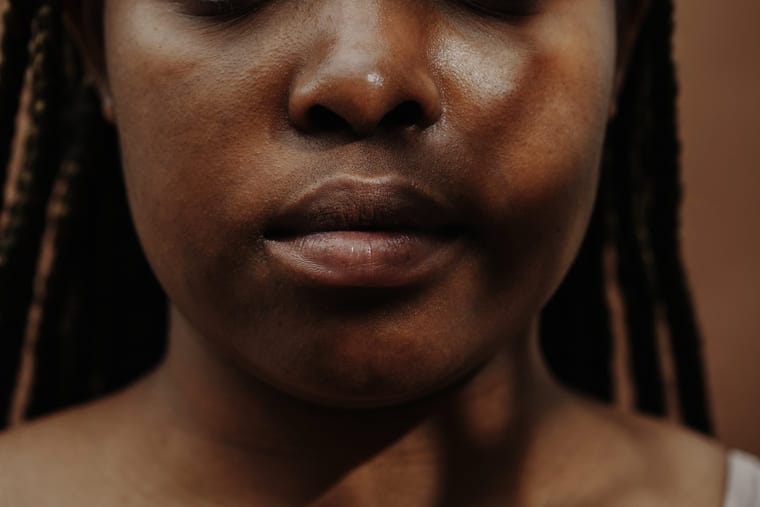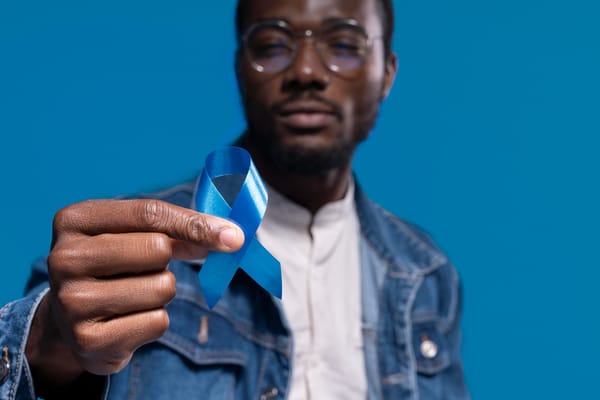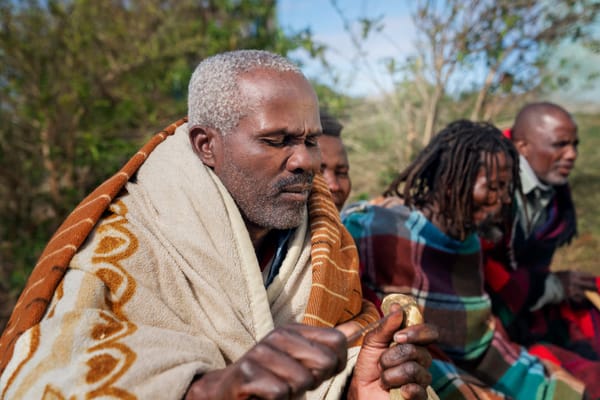MEDICALIZATION OF FGM: The False Promise of Safety (Based on a true story)

“I was young but I will never forget this traumatic ordeal that I went through...,” she begins. Mary was only about 8 years old when she underwent an experience that would be imprinted in her mind forever. It was back in 2009 or 2010; she can’t remember correctly, because she was very young at the time. Life was good; she was a child; she was loved and she didn’t have a care in the world. What could possibly go wrong? What she didn’t know, however, was that she was about to be ushered into ‘womanhood’ in the most painful and traumatic way possible. Coming from a community in Kenya that valued the cut, her grandmother was adamant that Mary and her sister go through the cut. Her father opposed, which led to numerous arguments between Mary’s parents, as her mother supported the idea for the cut. Mary used to overhear them arguing, and she wondered what it meant.
One morning, Mary woke up early as usual to do her daily chores. She’d hardly started when one of her grandmothers called for her, saying it was urgent. She dropped everything and went to her. Holding her hand, her grandmother led her behind their house, where she found a number of older women from the village. Her sister was being carried away, and Mary noticed droplets of blood on the ground. Her heart rate sped up. She looked up to see a tall, middle-aged lady in a white coat (she recognized her as a nurse from the village), walking towards her. She was holding a pair of scissors stained with blood. It suddenly clicked in Mary’s mind that she was going to use the scissors to hurt her. She turned to run but her grandmother held her firmly in place.
“Omwana one ,abasani bago Jane purity na moiseke omino babeire abasubati. Nigo barenge abaremu nainde mbarereti kero barenge gosarwa. Yabeire ekemira mwoomogusii asemiaka emenge. Igo tooboa.”(My sweet child, your friends Jane, Purity and your sister are now women. They have been so brave and didn’t even cry during this procedure. This is a tradition that has been in our culture for generations. Everyone here has gone through it. Do not be afraid.)
Mary was forced to sit, then one woman held her down by the shoulders, while another lifted her skirt to her waist, then held her legs apart and exposed her privates that her mama had told her shouldn’t be touched. The nurse smiled down at her, seemingly to reassure Mary, but the smile didn’t reach her eyes. She crouched to Mary’s level, then lifted her scissors. Mary shut her eyes tightly. She didn’t want to see it happen. A second later, she felt the cold of the scissors coming into contact with her little bean. The blades sharply closed around it.
The pain, was excruciating. Mary let out a gut-wrenching scream, thrashing wildly. She’d never felt pain like that. And it was only getting worse. She was ordered to shut up immediately. She opened her eyes to see blood gushing out. Cotton wool was placed on her wound, and she was carried, trembling, to her grandmother’s house. There, she found her sister sobbing silently, still bleeding. The first few weeks, urinating was a nightmare because the pain was unbearable. For one month, they were secluded from everyone. Even their mother. She only brought them food and left it with Mary’s aunty. When they finally healed, a ceremony was held in their honour; initiating them into ‘womanhood’. However, with the fading pain, the scar persisted. As the years went by, it became a constant reminder of her lost innocence, a part of her that was stolen without her permission, in the cruellest way possible. The trauma lingered, always a reminder that she would never be the same again.
According to the WHO, Female genital mutilation (FGM), comprises all procedures that involve partial or total removal of the external female genitalia, or other injury to the female genital organs for non-medical reasons. As of February 2024, 230 million women and girls across the world had undergone this archaic tradition, with 4 million estimated to be at risk each year. If you are as uninformed as I was before, you would think that these cases only happen in Africa. Sorry to disappoint, but FGM also happens in the Middle East, Latin America and Asia too. In fact, due to immigration, FGM has spread to more European nations. This harmful practice which serves no health benefits, is no longer being carried out only traditionally. Nowadays, the trend of medicalized FGM is coming up, though secretly because the practice is outlawed and illegal.
What happens with medicalization is that in cultures where the cut is a cultural rite of passage, due to increased awareness of the risks posed by FGM, parents opt to take their children to hospitals or get the doctors, nurses or any other healthcare provider to come to their residences to get their girls cut. Their reasoning is that this is safer, and they will also avoid jail time since the healthcare providers who carry out these practices are doing so secretly. It should be known that FGM is violation of women and girls’ rights, and should absolutely be condemned as it serves no purpose other than causing physical and psychological harm.
On this year’s International Day of Zero Tolerance for Female Genital Mutilation, the theme “Stepping up the pace: Strengthening alliances and building movements to end FGM’ by the United Nations Population Fund (UNFP) just goes to show how critical the need for partnerships is in ending FGM. Everyone; men, women, youth, organizations, governments and all other sectors are encouraged to come together and ensure a future that is free of Female Genital Mutilation. We should not be indifferent. Step up the Pace and #Unite2EndFGM.
By Jackline Omongo
RHNK Youth Advocate



